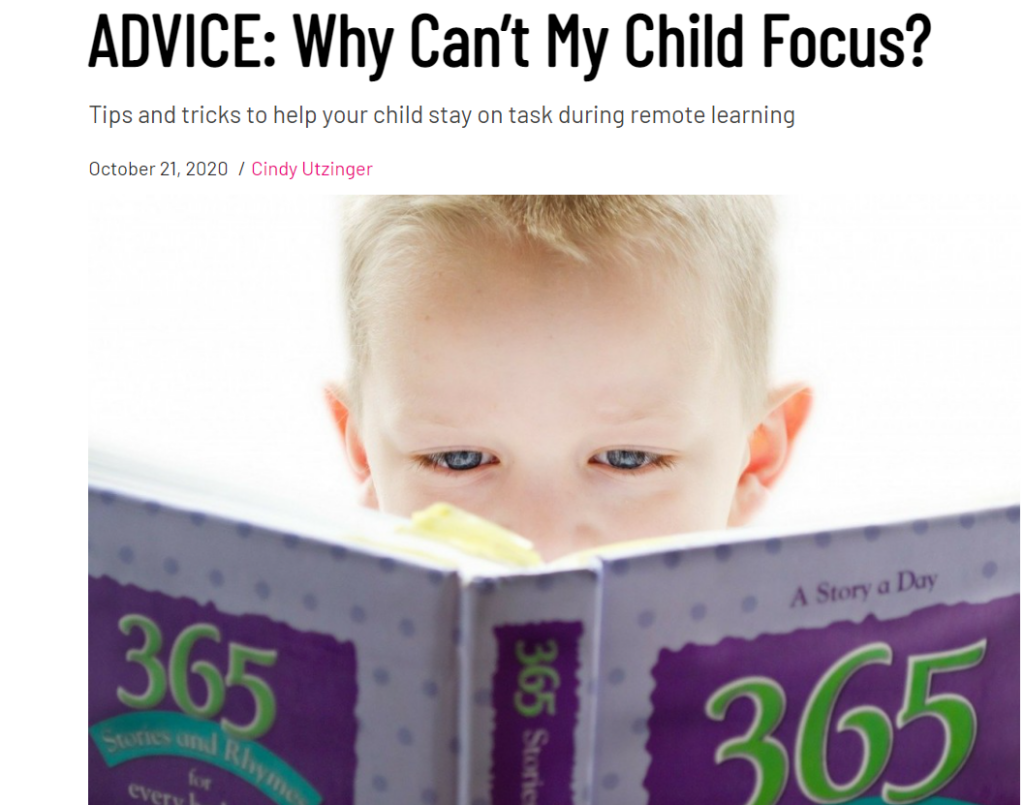My personal quest to keep my own kids off screens for hours on end during this time has inspired to me to share the best ways to keep your kids active while on break from school and all their other activities. With that said, I hope this post finds you healthy and sane during this time of uncertainty and while our lives as we know them have taken a big shift.
My real inspiration came when I got home from work Thursday night and assumed my 13 year old was outside playing. Well, I was wrong. He was upstairs on video games. I reminded him of our rule of no video games during the school week and his reply was “I thought it would be OK since soccer was cancelled.”
Ugh! It had already started. His physical activities were cancelled so not only was he not getting the benefit of running around but he was sitting still staring at a screen. Cue the steam coming out of my ears?
One of the biggest challenges we face in keeping our children active is screens and I don’t think I’m alone in fighting this battle. But, I do feel it is an important battle to fight because too much screen time can have such a negative impact on development.
Negative impacts of too much screen time
You’ve probably heard it preached by now that too much screen time can affect a child’s vision, social skills, behavior, emotional regulation, sleep, and attention.
My focus, however, is not on what screen time does but what it doesn’t do. Screens don’t allow kids to run, climb, swing, jump, hang upside down, get their hands dirty, or get any of the other sensory input that is necessary for building a strong sensory foundation. And without a strong sensory foundation, learning, motor skill development, and emotional and behavioral regulation all suffer.
Why does my child need sensory play?
Sensory play (or purposeful play as I like to call it) provides children with what is needed to help them get to the place where they are neurologically organized and at their optimum level of arousal.
What that means is simply that they are alert, focused, and more capable of managing their emotions and behaviors. If you’re someone who likes to exercise, think about how you feel after a workout. Chances are you are much more alert and ready to handle whatever (or whoever) comes your way.
The kind of sensory play that gives children the most bang for their buck is play that involves proprioceptive (deep pressure or heavy work play), vestibular (play that involves the body moving through space), and tactile (touch) input. You never want to force it if your child seems aversive but keep encouraging it and start small and work your way up if that is the case.
Because sensory play helps children to get their brains organized so they can focus better, it is great to use these activities prior to and during their learning time as many of our kids are now doing their school work at home.
What are the best ways to keep kids active while on break?
I’m glad you asked 😊. Here’s a list of sensory based activities to get you started:
• Outside time– I don’t know where you live but springtime has come early here in North Carolina. Try to get your kids outdoors at any expense. Rain, sleet, snow…get them outside. There is no better sensory input than swinging, running, climbing, sliding, jumping, and getting your hands dirty. Bonus, it gets them away from the enclosed germs!
• Obstacle courses– If you can’t get your kids outside, bring the fun inside. Some ideas for obstacle courses that provide great sensory input are:
o Jumping (Use an indoor trampoline, jumping jacks, jump up to hit a target on the wall, or jump from target to target on the floor. You can also use a hula hoop, swimming pool noodle, or broom stick and jump forward, backward, and side to side over it.)
o Spinning (If you have an office chair or other chair that spins, use that. If not, put your arms out and spin like a helicopter.)
o Animal walks or wheelbarrow (Have your child bear walk, crab walk, slither like a snake, commando crawl, or do the wheelbarrow.)
o Balance (Line up some 2×4’s or put painter’s tape down on the floor to walk across and balance. To make it more fun, put a cotton ball on a spoon and don’t let the cotton ball drop while you walk. Even more fun, walk backwards.
o Blanket pulls (Put a blanket around your child’s waist like reins on a horse with the two ends laying on the floor behind them. Have your child try to walk or run while you pull on the two ends providing resistance as they move. Take turns being the pull-er and the pull-ee. You can also put a blanket on the floor and have your child sit in the middle of it. Take all four corners in your hand and pull them around the floor, possibly even moving them in circles for added benefit. Your kids can take turns being the pull-er and the pull-ee.)
o Straw and cotton ball races (Lie on the floor on your stomach and blow a cotton ball through a straw and see who can make it to the finish line the fastest.)
o Run while balancing something on your head
o Limbo (Tie a string between two chairs and try to limbo under it.)
o Laundry basket pushes (Take turns pushing each other in a laundry basket.)
o Sommer sault or log roll from one place to another
o Ski (Put a paper plate or wash cloth under each foot and slide along the floor. Older kids can get in plank position and put them under their hands and try to move forward sliding their hands along the floor.)
• Sensory bins (My favorite is to take a shoe box or plastic bin or bowl and fill it with dry rice or dry pasta and some little trinkets you have laying around the house and let your child dig through to find the trinkets. HERE is a link to some other great sensory bin ideas.)
• “Art” (Squirt shaving cream, foaming hand soap, or whip cream or use flour or corn meal on a cookie sheet and let your child use their hands (or a paint brush if they don’t like getting their hands dirty) to make art. This is a great way to practice writing letters, spelling, or math facts, as well.)
• Board games or cards (These are a great way to spend quality family time and so many games have great developmental components to them such as building visual or fine motor skills. Giving them opportunities to learn to shuffle, deal the cards, take turns, be a good winner, and be a good loser are all good motor and emotional skills, as well.)
• Cook (This is a great way for kids to practice math, following directions, and to get their hands dirty. Click HERE for some fun recipe ideas.)
You can make learning time more fun by adding spelling words, letters, math fact, flash cards, etc. in to any of these activities.
I hope this gets you thinking about some fun ways to keep kids active while on break. Good luck and I hope you and your loved ones stay healthy and this time to slow down with your family ends up being one where good memories are made.
For more information, visit cindyutzinger.com or amazon.com to purchase your copy of “Why is My Kid Doing That?” A Sensory Approach to Understanding Your Child’s Behavior. I’d also love to connect via facebook or twitter.



